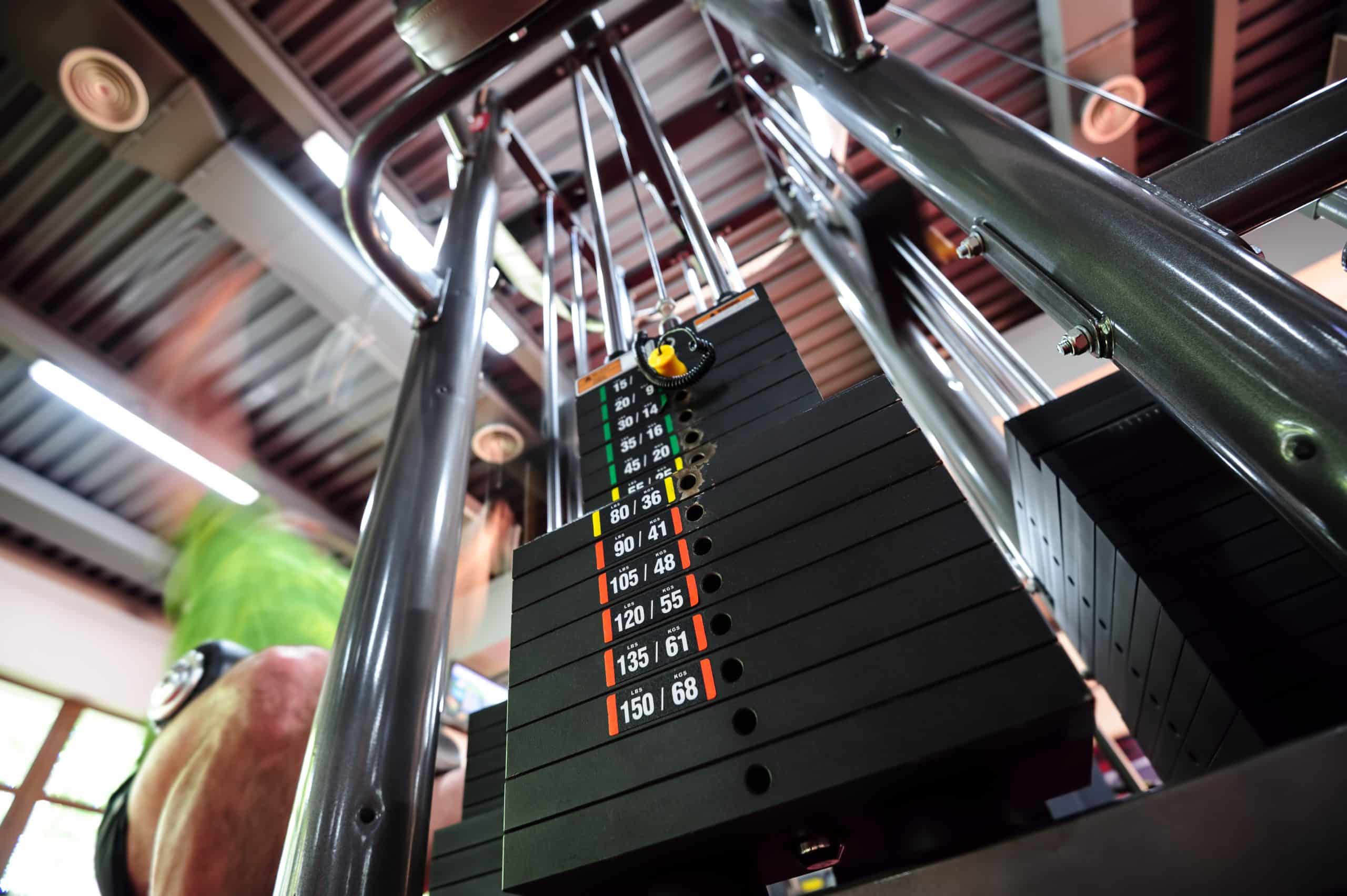What’s the Best Way to Enhance the Traction of a Dodge Viper on the Drag Strip?

For all the car enthusiasts out there, no thrill compares to the raw power of a Dodge Viper as it roars down the drag strip. Its monstrous engine is music to the ears of any racing aficionado. Yet, we all understand that harnessing this power requires more than just a robust engine. It’s about gaining superior control, ensuring the perfect launch, and most importantly, enhancing traction.
In this article, we’ll delve into the art of traction enhancement, specifically for the Dodge Viper. A car that has become synonymous with power and speed in drag racing circles.
En parallèle : How to Retrofit LED Taillights for Enhanced Visibility in a Chevrolet Silverado?
Understanding Traction in Racing Context
Before we delve into the methods to enhance traction, it’s pivotal to understand what it means in the context of racing. Traction refers to the grip of a vehicle’s tires on the road. In a race, traction is paramount as it impacts your car’s acceleration, handling, and braking.
When your Dodge Viper is on the drag strip, the goal is to maximize traction. This is because a car with good traction will have a rapid launch off the starting line and maintain control throughout the race. A lack of traction can lead to the tires spinning uncontrollably, causing the car to lose valuable seconds.
A voir aussi : How to Choose and Install a Racing Seat Harness for a Track-Day Ford Focus RS?
Therefore, understanding traction and its importance in racing is crucial to enhancing your Dodge Viper’s performance on the drag strip.
The Role of Tires in Traction
Tires are the first contact point between your car and the track. Therefore, their role in ensuring good traction is vital. For your Dodge Viper to thrive on the drag strip, you will need to invest in high-performance tires suitable for racing.
Racing tires, unlike regular street tires, are designed to provide optimal grip on a track. Their construction involves the use of softer compounds which increases their stickiness and hence, improves traction.
Furthermore, tire pressure plays a vital role in traction. For the best performance, you should adjust your tire pressure according to the track conditions and temperature. Remember, a well-maintained tire ensures that your car’s engine power is transformed into forward motion, rather than wasted in wheel spin.
The Significance of Weight Distribution
Traction isn’t solely about tires; it’s also about weight distribution. A car’s weight distribution affects how much grip the tires can achieve on the track. In rear-wheel drive cars like the Dodge Viper, a significant amount of weight shifts to the rear axle during acceleration. This weight shift increases traction on the rear tires, enabling them to grip the track better.
You can manipulate this natural weight distribution to your advantage. By adding weight to the rear of your car or lowering the rear suspension, you can increase traction to the rear wheels. However, it’s crucial to find a balance as excessive weight on the rear can negatively affect your car’s handling and braking.
The Power of A Good Launch
A good launch is pivotal to a successful race. It’s what sets the tone for the rest of the drive down the drag strip. A good launch is all about control and timing. You’ll need to control the car’s engine power to prevent wheel spin and time the release of the clutch to ensure a rapid launch.
Launch control systems can assist with this. These systems control the car’s engine output to prevent the wheels from spinning during the launch. This ensures that the tires maintain good traction, enabling a faster, more controlled start.
For Dodge Vipers, aftermarket launch control systems are available that can significantly enhance the car’s launch and, as a result, its overall performance on the drag strip.
Optimize Your Car’s Performance with Upgrades
Finally, enhancing the traction of your Dodge Viper on the drag strip may require some performance upgrades. This could include upgrading the car’s suspension system, installing a high-quality limited-slip differential, or even investing in a traction control system.
Each of these upgrades can contribute to improved traction. For instance, a high-quality suspension system can help manage the weight transfer during acceleration. A limited-slip differential, on the other hand, can distribute the engine’s power evenly between the two rear wheels, improving traction.
Similarly, a traction control system can regulate the power output to the wheels to prevent them from spinning. This can be particularly useful in a high-power car like the Dodge Viper.
Remember, while these upgrades may cost upfront, they can significantly enhance your car’s performance and potentially shave seconds off your time on the drag strip.
Engine Tuning and Traction Control System
A key aspect of enhancing the traction of your Dodge Viper is how well the engine is tuned. Remember, your car’s engine delivers the power that drives you down the drag strip. Engine tuning is a process that adjusts and optimizes the engine’s performance parameters to achieve the best possible performance.
Tuning your Dodge Viper’s engine can help manage power output, thereby enhancing traction control. This can involve adjusting the fuel-air mixture, ignition timing, or even the turbocharger boost pressure, depending on your vehicle’s specific setup.
A well-tuned engine can deliver power smoothly and consistently to the rear wheels. This, coupled with a good launch, can prevent wheel-spin and ensure optimal traction.
Another crucial component of traction enhancement is a traction control system. These systems work by detecting when a tire is spinning too fast, indicating a loss of traction. They then reduce engine power or apply the brakes to that wheel, allowing it to regain traction.
In high-powered cars like the Dodge Viper, a traction control system can be particularly beneficial. While skilled drivers can manually control wheel spin to some extent, a traction control system can provide an extra layer of security and control. It keeps the car’s power in check, ensuring that it is effectively translated into forward motion on the drag strip.
Conclusion: The Right Balance for Ultimate Traction
In conclusion, enhancing the traction of a Dodge Viper on the drag strip is a multifaceted task. It involves understanding the role of tires, the importance of weight distribution, the power of a good launch, and the impact of engine tuning and traction control systems.
Remember that each of these factors is interconnected. The right balance is crucial. Your tires need to be in good condition and at the right pressure. Your car’s weight distribution should be optimized for acceleration. Your launch needs to be controlled and timely. Your engine should be well-tuned, and a traction control system can provide an extra level of control.
By understanding and optimally managing these aspects, you can ensure that your Dodge Viper has the best possible traction on the drag strip. This will not only improve your performance but also increase your enjoyment of the exhilarating world of drag racing. After all, there’s nothing quite like the thrill of a well-executed race, especially when you’re behind the wheel of a powerhouse like the Dodge Viper.
